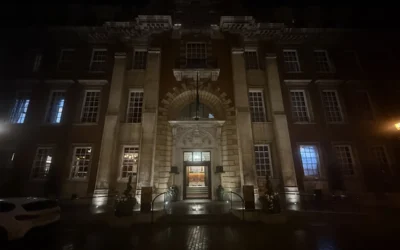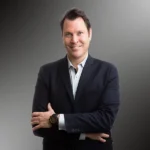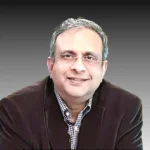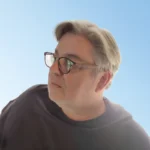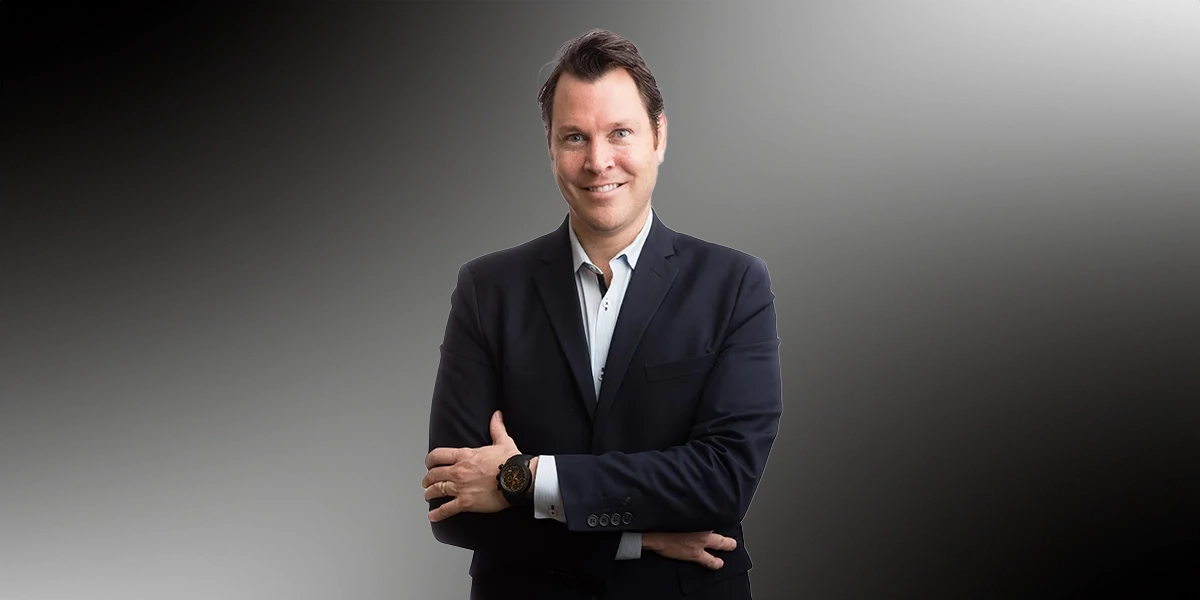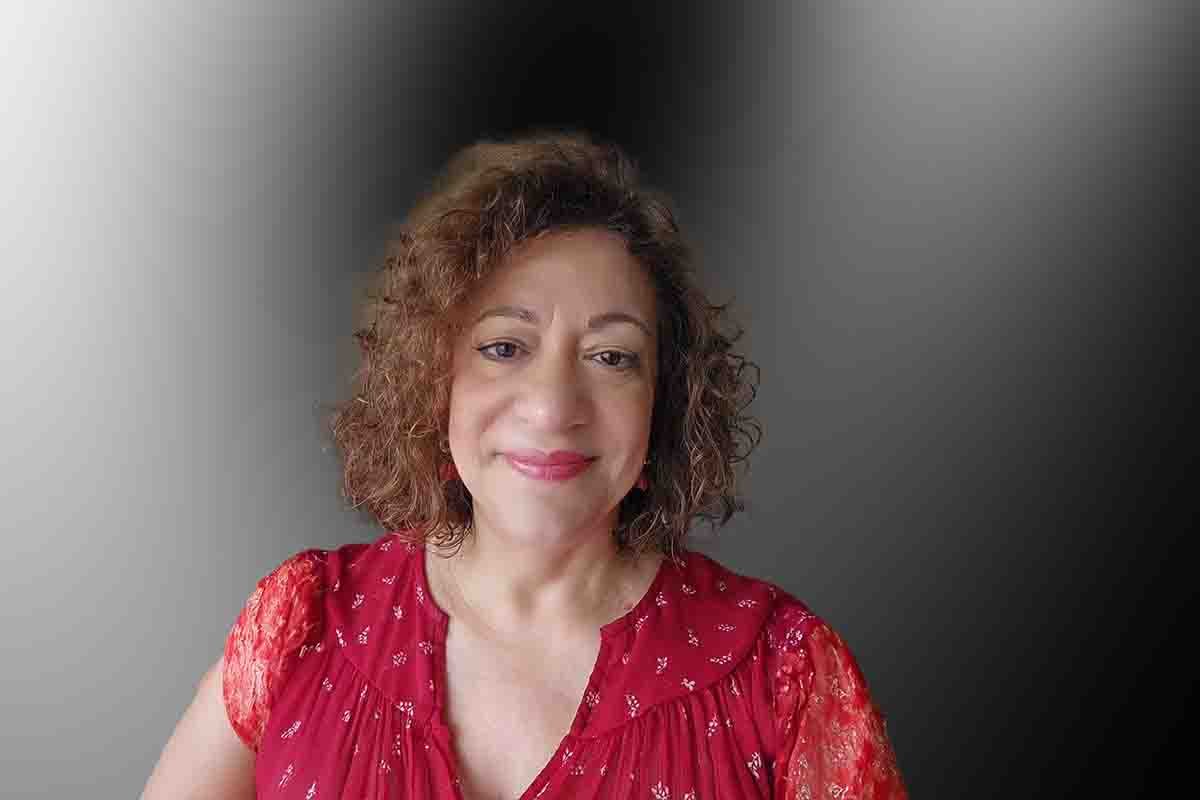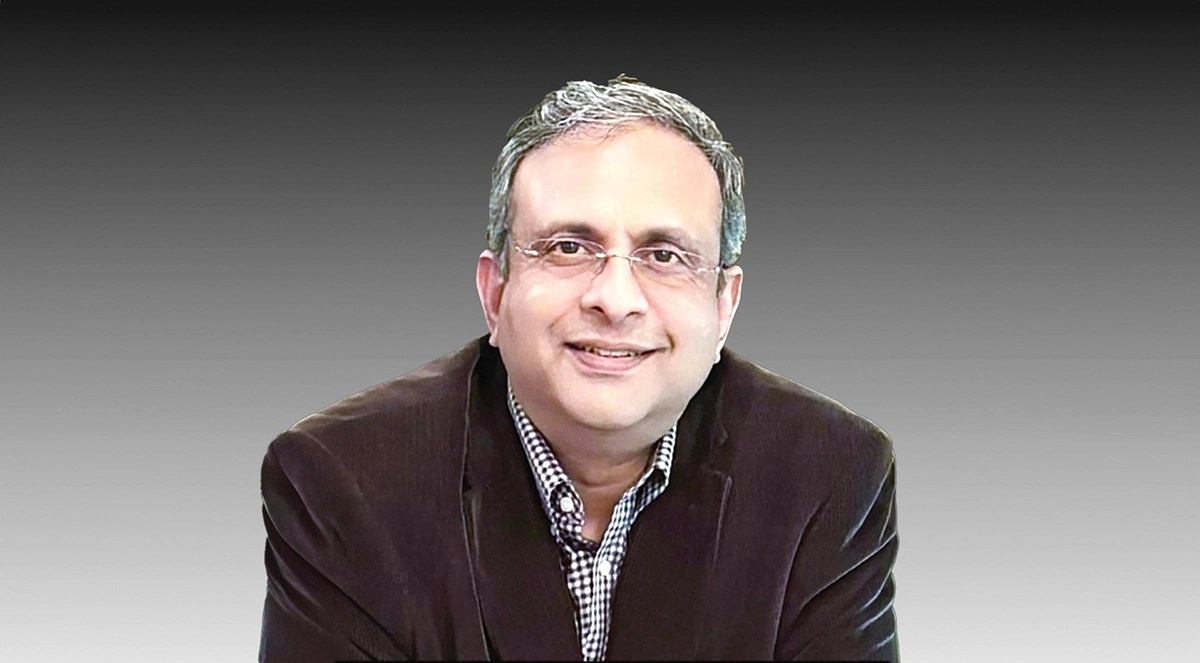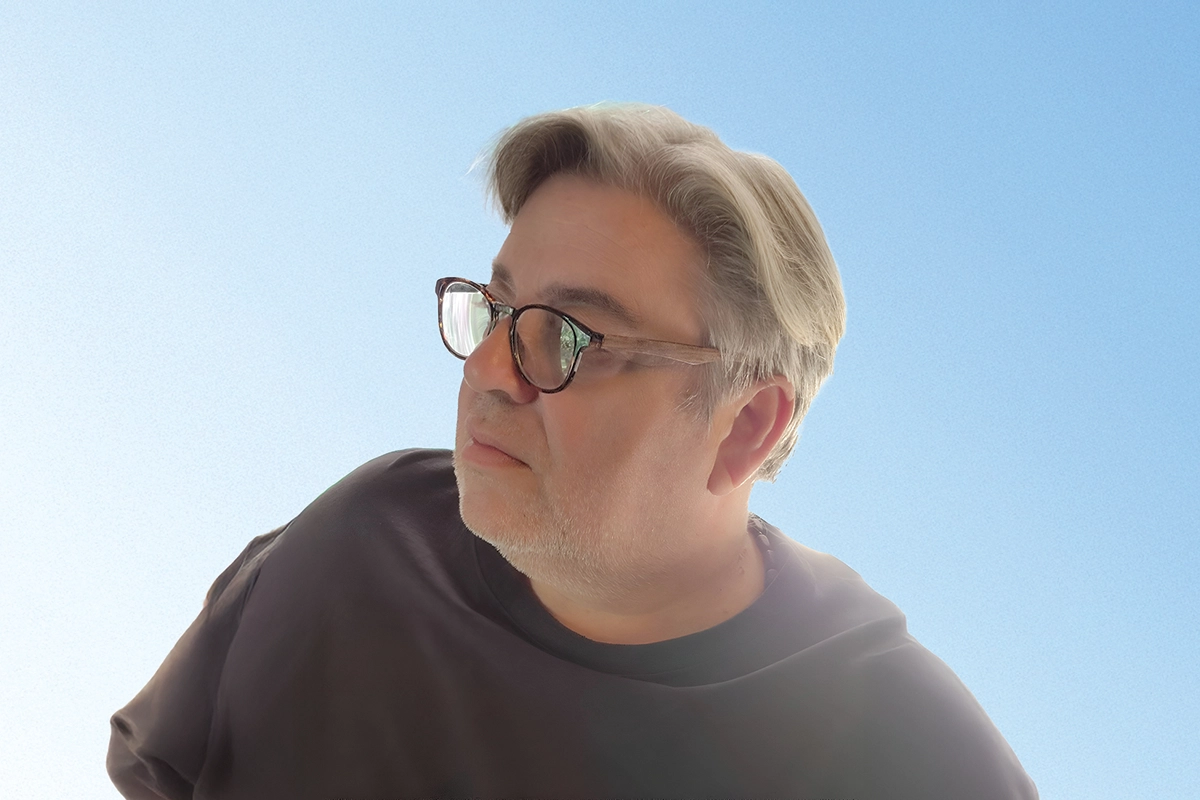Richard P. Wenzel Explores Medicine, Mystery, And Human Stories Through His Thrilling Novels

PHOTO: Richard P. Wenzel, MD, MSc – Esteemed Author And Infectious Disease Specialist
Celebrated Author And Infectious Disease Expert Blends Science And Suspense To Illuminate The Human Experience
Richard P. Wenzel, MD, MSc merges his expertise in infectious diseases with a passion for storytelling, crafting novels that intertwine medical intrigue, ethical dilemmas, and profound human narratives with global relevance.
Richard P. Wenzel, MD, MSc exemplifies the rare blend of scientific authority and literary finesse that commands admiration across disciplines. As an internationally recognised infectious disease specialist, prolific scholar, and acclaimed author, Wenzel bridges the gap between rigorous medical science and compelling storytelling. Mosaic Digest is honoured to feature his remarkable journey from shaping global health policies to crafting thrillers that illuminate both the fragility and resilience of the human condition.
Wenzel masterfully combines medical insight with gripping storytelling, offering readers thrilling mysteries infused with empathy, intellect, and a deep understanding of human resilience amidst modern challenges.
With over 550 publications and a career that has transformed medical education and practice worldwide, Wenzel’s voice extends beyond lecture halls and journals. His novels—Labyrinth of Terror, Dreams of Troy, and The Writer in Tuscany—offer readers more than suspenseful narratives; they provide a profound reflection on modern medicine, societal challenges, and the enduring quest for truth amid uncertainty.
Through this interview, Mosaic Digest celebrates Richard P. Wenzel’s contribution to literature and medicine alike, where every word is guided by empathy, intellect, and a relentless pursuit of understanding. His work inspires readers to look beyond statistics and see the human story within every crisis, mystery, and triumph.
Your career has taken you from hospitals and lecture halls to the world of storytelling. What inspired you to make the leap from academic writing to fiction, and how has that shift influenced your perspective on medicine and humanity?
In Medicine and Science, we often deal with statistics, an abstract look at groups in general. On the ward and in the clinic, patents are too often identified by their illnesses – the 80-year-old woman with recent coronary artery bypass surgery. But the person herself is too often unknown or referred to with some technology – the 70-year-old lady with a recent pacemaker placement.
Fiction and poetry help us know the individual with her specific narrative and unique responses to illness. Whether I’m teaching medical students or a lay audience, I can bring them closer to my ideas and introduce them to my patients with references to the arts, including novels and poetry, even visual arts. For example, imagine the differences in how arthritis of the hands affects a concert pianist vs an auto mechanic vs an insurance salesman. Would an artist’s rendition of the gnarled hands help us know the person? Imagine a patient I saw years ago, a robust fireman who developed an unusual muscle disorder causing profound weakness of the legs. He told me he was embarrassed, because he was becoming slow climbing ladders and thought his colleagues thought less of him – Was he becoming fearful on the job?
“Fiction and poetry help us know the individual with her specific narrative and unique responses to illness.” – Richard P. Wenzel
The question we need to ask: Who is the unique person with the medical problem? I conclude that all physicians should read novels, perhaps listen out loud to poetry to prepare to know their patients.
Your first novel, Labyrinth of Terror, blends medical mystery with ethical dilemmas. What drew you to write about the darker complexities of the healthcare world, and are any of the characters or events inspired by real experiences?
I watched Medicine slouching relentlessly towards the focus on the business aspect of care, where the bottom line was prioritized. I saw the issues of the volume of patients seen per day and not on the quality of care, the limited time to talk to the patient face to face, looking at the computer instead of the patient, then not touching the patient while performing a careful physical examination. I have spoken up on these issues whenever possible. The business model does even more harm: it becomes divisive and separates physicians and administrators, creates a loneliness for physicians feeling the erosion of time to talk to colleagues. Sadly, patients develop a loss of confidence with the entire system. More health care institutions are overseen by those with an MBA; instead, we need more thoughtful and empathetic clinicians at the top.
Your latest novel, “The Writer in Tuscany” is a suspenseful mystery and a departure from your medical background. What issues did you want to explore?
This book is at once a paean to the rich culture of Italy, not just the food and wine, but also to the visual arts, music, theatre, politics and social movements. Within that crucible I have placed a mystery with international intrigue, involving the sudden and mysterious deaths of vintners and curators of olive groves.
One question is how do the owners of villas and vineyards react to the sudden loss of tranquility and peace in Tuscany, to the existential threats to their national heritage, the threats to their lives and those of their families and friends? Can the protagonist seeking to write a novel, a skillful crime reporter, avoid the mystery or become involved? Can he work successfully with the local detectives to deal with both the Mafia and international villains?
Having published over 500 scientific papers and multiple books, including your recent novels, how do you approach writing differently when addressing the medical community versus a broader audience of fiction readers?
In addressing both the medical community and public, I found I have more influence if I refer to the truth of poets, play writes, even visual artists to give my audience new insights to a problem, new clarity in phrasing it, and an emotional experience to gain interest in a topic. For example, during the Covid-19 pandemic, with all the uncertainties, I had to explain the detailed approach to the testing of new vaccines and drugs: the hypothesis, current assumptions, the reason for a randomized trial, the initial results and later corroboration of the experiments. All important in a rigorous attempt to know the scientific method. But I could top it off with a quote from play write Bertolt Brecht, whose protagonist in the play, The Life of Galileo, says briefly, the goal of science is not to open the doors to everlasting wisdom, but to close the doors to everlasting ignorance.
You’ve served in leadership roles across international health organizations and major hospitals. Looking back, what moment or achievement stands out to you as the most defining highlight of your medical career?
I’ve received many prestigious awards for teaching, research and leadership in Medicine. I’m honored by each. But none compared to the special joy I’ve had in shaping the careers of medical students, residents in Internal Medicine, and fellows in Infectious Diseases. By careful and complete physical examinations, my key focus has been at the bedside where the trainees see and hear me in conversations with patients and their families. By careful and complete physical examinations, I seek to pass on the mastery of those skills. They watch me summarize my thoughts for the patients, who can ask me questions. I endeavor to emphasize a reverence for our profession and its high purpose as they later reflect on their careers. Interacting with trainees has been a special honor. Many stay in touch and later became friends.
Infectious diseases have long been your area of expertise. How did the COVID-19 pandemic influence your writing—whether fiction or nonfiction—and did it change the way you view your role as a communicator of science?
Covid-19 became a divisive political issue early on, with anger and mistrust in public health responses, in part because of the uncertainties, the failure of brief and accurate updates, and social media disinformation posts. I quickly suggested that communicators would do better if they framed responses and all follow ups with three notes: Here is what we know, here is what we don’t know and here are our assumptions influencing policy.
A second issue is that most people thought that pandemic Covid-19 was a 100-year rare event, a Black Swan, unpredictable. I would instead emphasize that since the 1980s there have been numerous pandemics: HIV/AIDS, SARS, MERS, H1N1 Influenza and Ebola. The point is that pandemics are common, though the exact timing and severity are uncertain. They are predictable, a way of life for us. We need to build a robust infrastructure to deal with them, not act surprised each time one surfaces.
Third, I return to the poets to remind us of the long- and short-term severity of Covid-19. Many American fail to recognize that 1.2 million of us lost their lives from Covid-19. There is no national monument. We’ve moved on. I suggest reading some lines from poet Ellen Bryant Voigt whose poem, Kyrie recalls the suffocating grasp of the 1918-19 Influenza pandemic.
Nothing would do but that he dig her grave
..beside the little graves, and in the rain..
His face ash by the time he came inside
Within the hour the awful cough began,
Gurgling between coughs, and the fever spiked,
As his wife’s had done.
Before the new day rinsed the windowpane,
He had swooned . Was blue.
Your books explore high-stakes investigations within the medical field. What do you hope readers take away from your work—both in terms of entertainment and awareness about the hidden challenges in modern healthcare?
Pandemics, bioterror, and mysterious deaths are all terrorizing events, by definition requiring a rapid response team to get an initial assessment. The team must be able to move immediately to the epicenter of the problem anywhere globally, be experienced, skillful and articulate, using the best science available for initial control. The stakes are high; the clock is ticking. Time is the enemy, and work must be done to minimize political takeover and limit misinformation. How citizens react to terror is a part of all the books, and what separates the leaders is addressed. Someone must be in charge to keep people focused, to be responsible, and to breakup any infighting that interferes with the investigation. At times, I have focused on the administrative interference in Medicine as hubris, distracting, and ineffective. And I show that in the personalities of the characters who clash with the antiterror experts.
“The stakes are high; the clock is ticking. Time is the enemy.” – Richard P. Wenzel

EDITOR’S NOTE
Richard P. Wenzel is a masterful storyteller who weaves suspense, emotion, and rich cultural detail into unforgettable, thought-provoking narratives.
Richard P. Wenzel’s The Writer in Tuscany is a beautifully written blend of mystery, suspense, and emotional depth. Set against the serene backdrop of a Tuscan villa and vineyard, the story contrasts tranquillity with a sinister plot targeting regional vintners. Each character—Erik, Iliana, Maria, and Dieter—arrives with personal struggles, creating a rich tapestry of motives and tensions. Wenzel skillfully intertwines their lives with cultural and social undercurrents in Italy, adding authenticity and intrigue. The narrative is both captivating and thought-provoking, showcasing resilience, unexpected alliances, and sacrifice. A compelling, atmospheric novel that lingers long after the final page.

